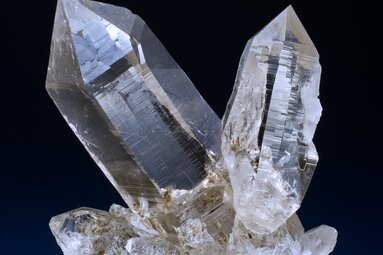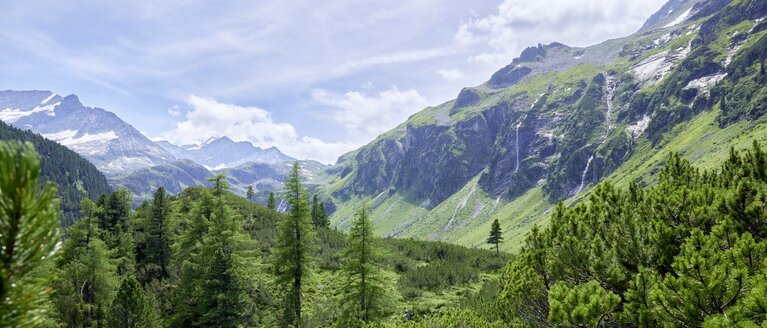Geology of the Hohen Tauern
The geology of the Hohe Tauern is a result of processes that have been going on for millions of years.
About 100 million years ago, the African plate began to drift northwards against the Eurasian plate. In the process, layers of rock were lifted, and over millions of years the Alps were formed. This upward movement continues in a weakened form to this day. However, the uplift of the Alps is compensated by natural erosion through wind and water.
In the course of the plate collision, rock layers lying below were pushed upwards in some places. Today, these rock layers, which otherwise occur far below in the Alps, form the highest peaks of the Hohe Tauern. This is called the Tauern Window, which is 160 km long and 30 km wide and stretches from Brenner in the west to Katschberg in the east.

Another special feature are four massive gneiss cores located in the Tauern Window. The cores, formed from liquid magma, form famous peaks such as the Großvenediger and the Hoher Sonnblick.
Since time immemorial, the Hohe Tauern region has been known for its mineral finds. During the formation of the Alps, a multitude of minerals were formed due to the prevailing pressure and temperature conditions; 220 different types have been found to date. Among them are treasures such as gold and silver, but also rock crystals and emeralds. They form the crystal treasure of the Hohe Tauern.


